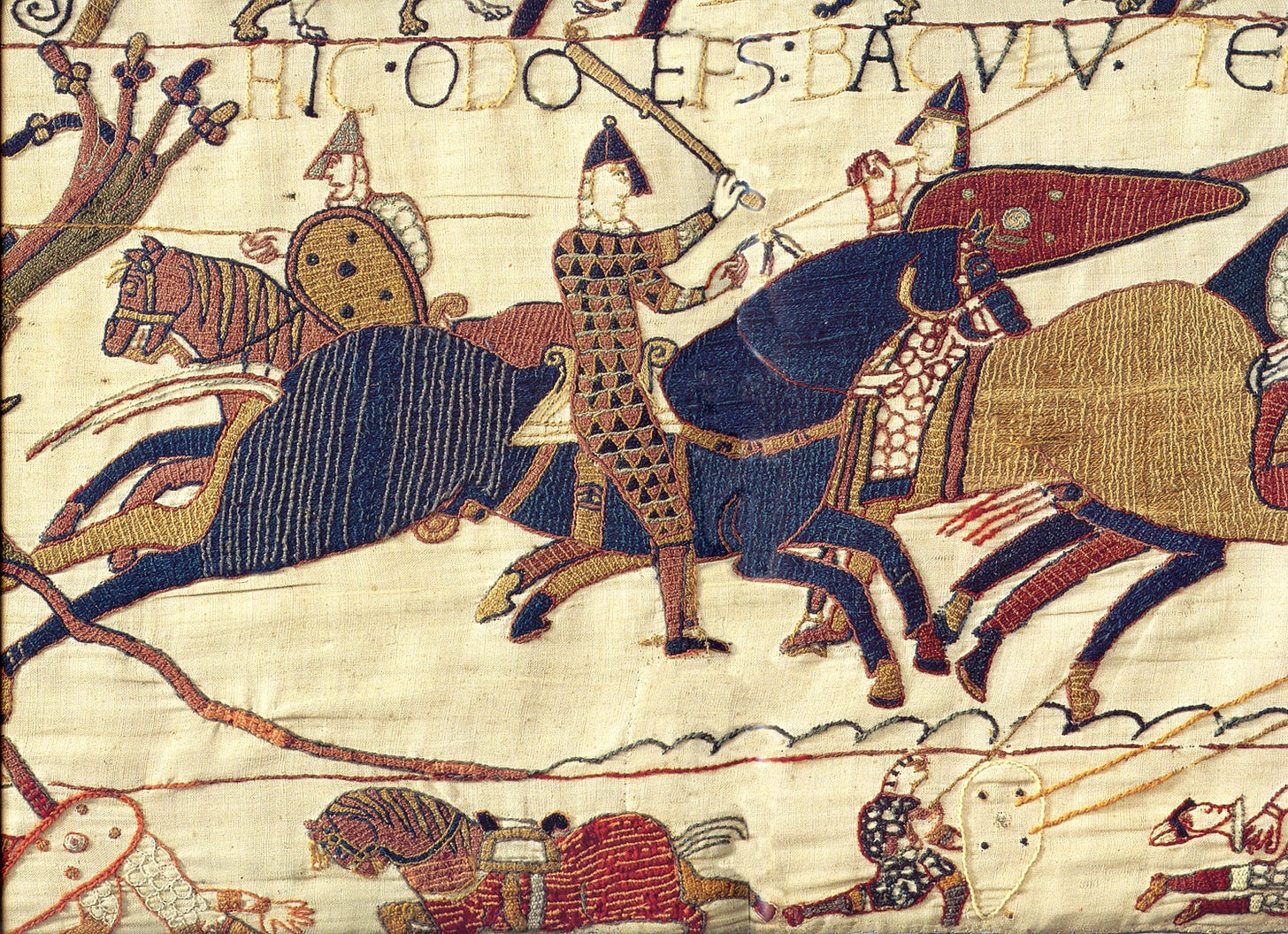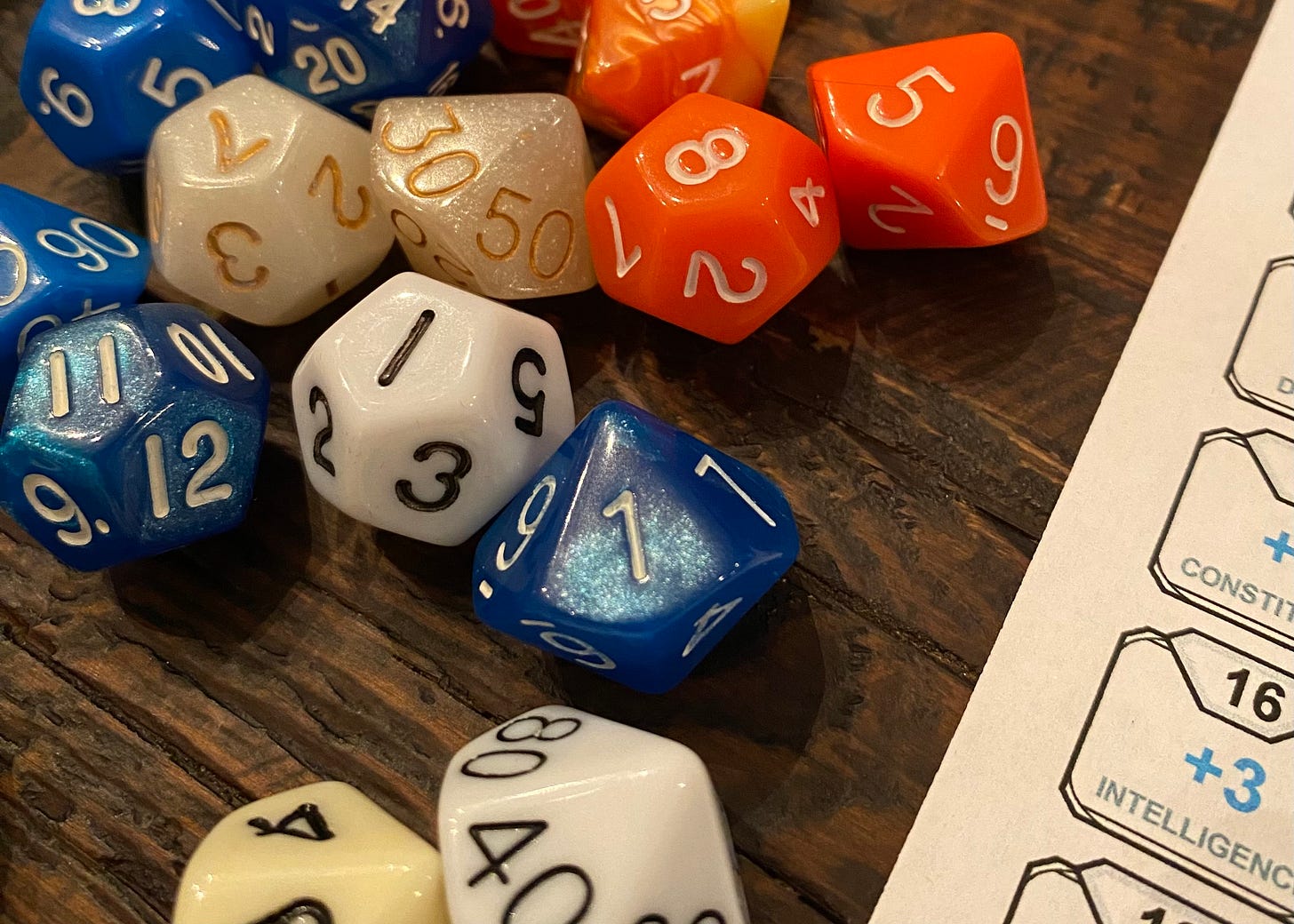My Writing Journey
The Origins of Ardalencor
Portion of the Bayeux Tapestry — one of the first books, maybe the first book, that I read on medieval history was about the Norman conquest of England.
I wanted to write a novel for many, many years. Even with my passion for history, I struggled to get beyond a few pages in writing a historical fiction novel because I felt that any character I created would just be inserted into a tale that had already been richly told.
I needed the challenge of telling a new tale — one full of its own wondrous, brave, and devious characters.
Envisioning a new place — Ardalencor — recharged my creativity and unleashed the freedom of possibility.
Creating Ardalencor was the confluence of three primary forces.
Playing Dungeons and Dragons
Watching Game of Thrones
Maintaining the goal of telling a tale with the depth of a historical place
Fantastical Possibilities
D&D was not part of my formative years. Kids in my neighborhood mostly played Risk and Monopoly.
My very first encounter with D&D was around age 10 when I saw some older kids drawing hexagons on a piece of paper. I asked them what game they were playing. They said Dungeons and Dragons, and, I think, they asked me if I wanted to watch or play. Seeing a blank sheet of paper with a hand-drawn hexagonal grid was such an austere format that I didn’t bother to stick around.
Decades later when a friend of mine convinced me to give D&D another try, I was captivated by the storytelling and worldbuilding with fantastical elements. In my writing pursuits, I had never really considered a fantasy setting. Playing D&D provided a laboratory for thought experiments. What if there was magic in the world? How would this all actually work — not just an isolated encounter, but in an actual living, breathing world? What would life be like for the inhabitants of this fantastical world?
Multiple Points of View
With previous attempts at writing historical fiction and centering the story on one main character, the inevitable problem would arise of the story needing to wait for historical events. Wars and campaigns are punctuated with long periods of marching, countermarching, waiting and waiting. I struggled with how to keep the pacing of the story without repeatedly jumping months ahead to get to the next event of significance.
With Game of Thrones, the big aha moment was seeing an unfolding story with multiple characters where the action jumps from one dramatic moment to the next. The lulls of following a single character were solved.
A Place that Feels Real
D&D opened the possibility of storytelling in a fantastical setting.
Game of Thrones revealed a way to maintain the pacing of a story. It also encouraged me to tell that grand, historical tale. Tell a big story with an expanded cast of characters. Use the cast of characters to keep the action moving.
Telling a fantasy story solved another challenge for me: knowing how the story was going to end. In creating Ardalencor, I unlocked the joy of worldbuilding and the delight of crafting and also deciphering a great mystery — how would this story develop and what would happen to the characters along the way? Not knowing how it all would end encouraged me to keep going.
Creating Ardalencor and its cast of characters has been great fun. And the journey continues.
To everyone working on, or considering, a creative pursuit — keep going.
What inspired or influenced your creative journey?
Leave a comment and share your story.




Roleplaying, or just using some elements of randomization or gamification, are great ways to trigger creativity!
Hi Andy - I really enjoyed reading about your journey. I love understanding how different people approach their crafts, whether it's musicans composing, comics building their bits or authors birthing a compelling story into the world. I love learning about all of that! I'm curious - did you take any formal classes or informal lessons (youtube, etc.) or did you find writing to be an innate talent of yours?
- Alan